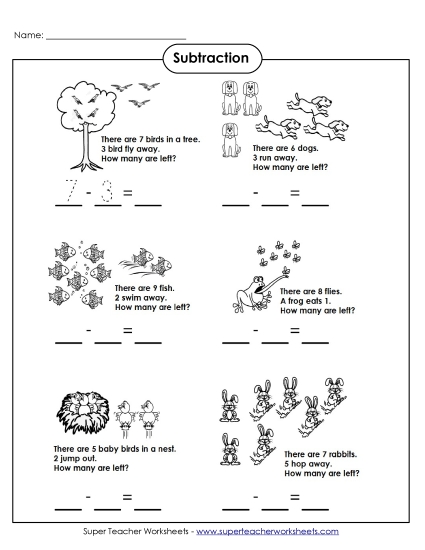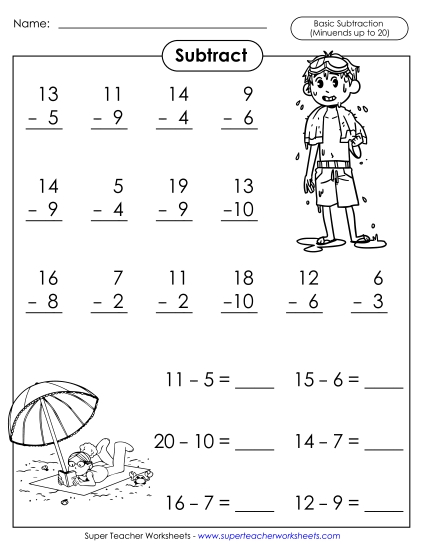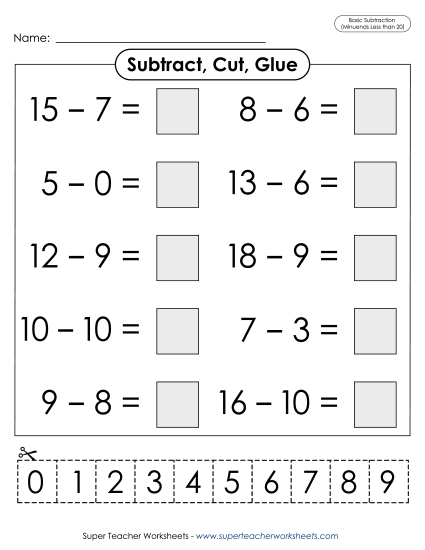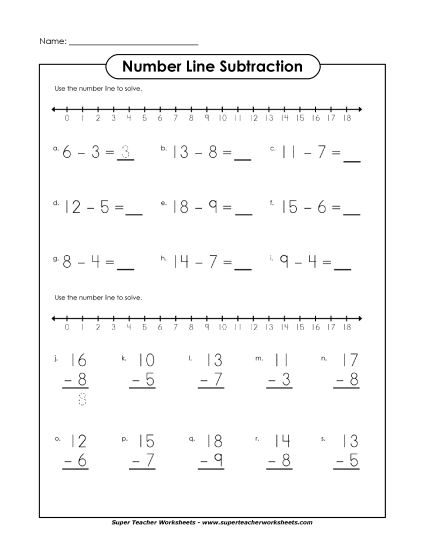K.OA.1:
Operations And Algebraic Thinking
Understand Addition As Putting Together And Adding To, And Under- Stand Subtraction As Taking Apart And Taking From.
Represent addition and subtraction with objects, fingers, mental images, drawings2, sounds (e.g., claps), acting out situations, verbal explanations, expressions, or equations.
K.OA.2:
Operations And Algebraic Thinking
Understand Addition As Putting Together And Adding To, And Under- Stand Subtraction As Taking Apart And Taking From.
Solve addition and subtraction word problems, and add and subtract within 10, e.g., by using objects or drawings to represent the problem.
K.OA.3:
Operations And Algebraic Thinking
Understand Addition As Putting Together And Adding To, And Under- Stand Subtraction As Taking Apart And Taking From.
Decompose numbers less than or equal to 10 into pairs in more than one way, e.g., by using objects or drawings, and record each decomposition by a drawing or equation (e.g., 5 = 2 + 3 and 5 = 4 + 1).
1.OA.1:
Operations And Algebraic Thinking
Represent And Solve Problems Involving Addition And Subtraction.
Use addition and subtraction within 20 to solve word problems involving situations of adding to, taking from, putting together, taking apart, and comparing, with unknowns in all positions, e.g., by using objects, drawings, and equations with a symbol for the unknown number to represent the problem.2
1.OA.2:
Operations And Algebraic Thinking
Represent And Solve Problems Involving Addition And Subtraction.
Solve word problems that call for addition of three whole numbers whose sum is less than or equal to 20, e.g., by using objects, drawings, and equations with a symbol for the unknown number to represent the problem.
1.OA.5:
Operations And Algebraic Thinking
Add And Subtract Within 20.
Relate counting to addition and subtraction (e.g., by counting on 2 to add 2).
1.OA.6:
Operations And Algebraic Thinking
Add And Subtract Within 20.
Add and subtract within 20, demonstrating fluency for addition and subtraction within 10. Use strategies such as counting on; making ten (e.g., 8 + 6 = 8 + 2 + 4 = 10 + 4 = 14); decomposing a number leading to a ten (e.g., 13 - 4 = 13 - 3 - 1 = 10 - 1 = 9); using the relationship between addition and subtraction (e.g., knowing that 8 + 4 = 12, one knows 12 - 8 = 4); and creating equivalent but easier or known sums (e.g., adding 6 + 7 by creating the known equivalent 6 + 6 + 1 = 12 + 1 = 13).












